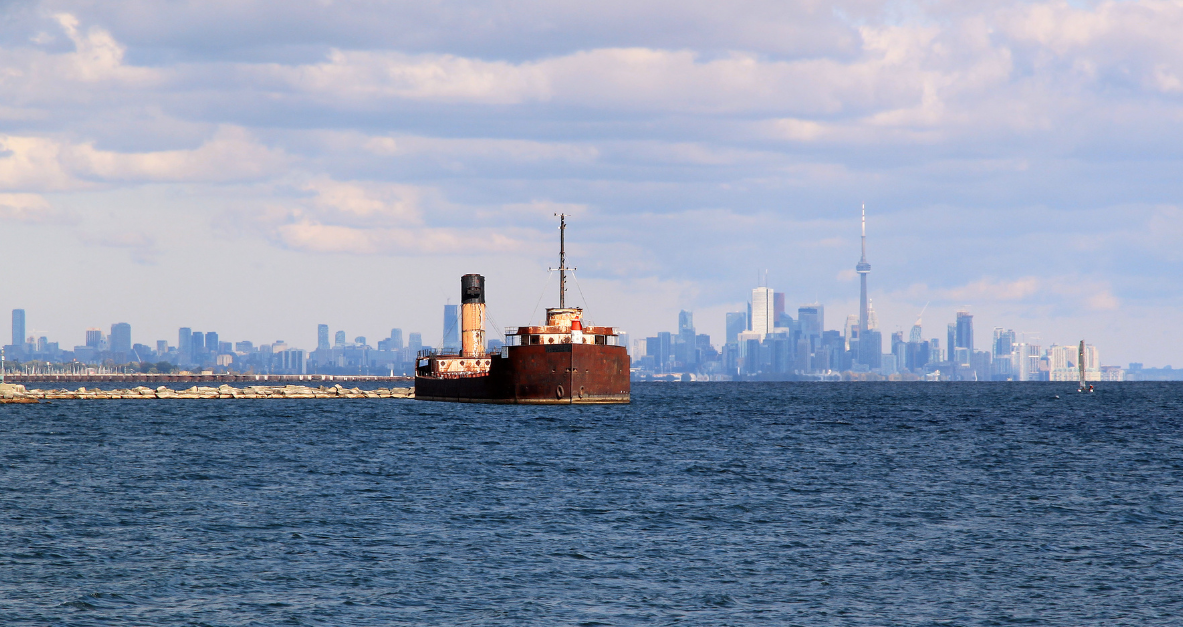Essential Insights
- Shared Waterfront Challenges: Both Toronto and Sydney face similar issues in transforming their industrial waterfronts. The challenge lies in balancing development, public spaces, and environmental concerns to create vibrant areas that reflect the city’s identity.
- Local Engagement is Key: A dynamic waterfront isn’t just for tourists. It must feature unique, local experiences that keep residents coming back, from food markets to performances. Geoff stresses the need for local flavor to create a space that feels truly ‘Toronto.’
- Events Drive Transformation: Festivals and regular events can activate the waterfront and foster community ownership. Large festivals like Vivid Sydney and smaller, diverse events can attract locals and visitors, turning the waterfront into a vibrant cultural hub.
- Unifying Big Projects: Large-scale projects like Sydney’s Opera House and Barangaroo can bring diverse groups together, but they require vision and long-term focus. The Ripple Effect report highlights how Toronto can use big projects to set sustainability standards and deliver real public benefits.
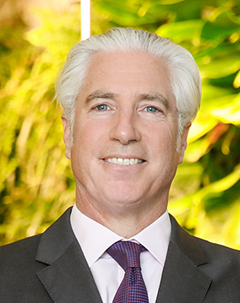
Toronto’s waterfront already contributes $13 billion annually to Ontario’s GDP. However, there’s also an opportunity for growth. As we gear up for The 10 KM Conversation: Launching the Next Phase of Toronto’s Waterfront we spoke with Geoff Parmenter, Chair of the New Sydney Waterfront Company, about his insights on waterfront transformation.
Geoff, thanks so much for waking up so early to have this conversation! You've seen how Sydney's waterfront has been transformed. Given what you know about Toronto's waterfront, which includes both recreational and industrial areas, are we facing similar challenges here? How do we balance those industrial components while still creating vibrant, people-focused spaces?
Geoff Parmenter: "When I come for the symposium, it’ll be my first time in Toronto, so I'm looking forward to seeing it firsthand. But from what I've seen so far—working with Waterfront Toronto and other stakeholders—the challenges are remarkably similar. In many ways, Sydney and Toronto could swap stories. Both cities have these long stretches of waterfront that, historically, were industrial. They've transformed slowly, and now there's this incredible opportunity to turn them into something much more vibrant and dynamic that truly reflects the city and its people.
I've seen it firsthand in Sydney—industrial waterfronts don't often develop at the same rate as the city itself. But they hold so much potential. In Sydney, we've been working on transforming our harbor for years now, and it's been a journey of reimagining what these spaces can be. It’s not just about cleaning up old industrial sites; it's about creating new identities for these areas that resonate with the city’s culture and aspirations.
The challenge, and I suspect it's similar here in Toronto, is in balancing various interests—commercial development, public spaces, environmental concerns, and community needs. It's a complex puzzle, but when you get it right, the results can be truly transformative for a city."
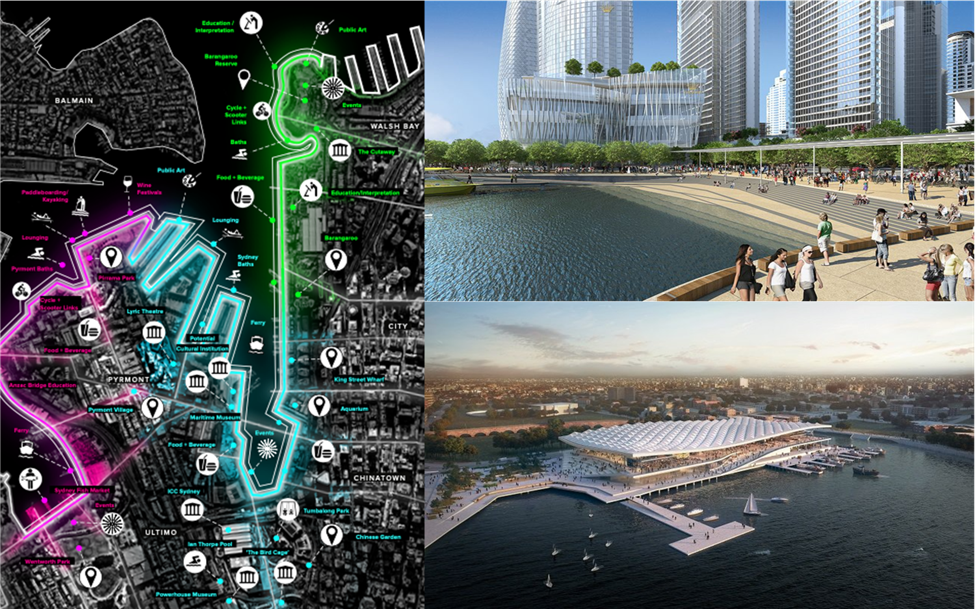
In a city like Toronto, where waterfronts can serve as an iconic entry point, we often hear about creating spaces that attract tourists. But there’s more to it, isn’t there? How vital is it to ensure that these spaces resonate with the people who live here, not just those who visit?
GP: "It's absolutely critical. Yes, visitors are great, and a good view or a landmark can draw people in for that selfie moment. But to make waterfronts truly dynamic, they need to feature unique, local flavours. People want to go where the locals go, eat what the locals eat, do what the locals do. That's what really gives a place its energy. In Sydney, we're still figuring that out on our Western Harbor, and I think Toronto's in a similar spot. It’s about giving people a reason to stick around once they've snapped their photo.
Think about it—what makes a place memorable isn't just its physical features but the experiences you have there. That could be stumbling upon a local food market, catching a street performance, or simply finding a quiet spot that feels uniquely 'Toronto'. It's these elements that transform a waterfront from a tourist attraction into a living, breathing part of the city.
In Sydney, we've been working to incorporate more local businesses, artists, and community events into our waterfront spaces. It’s an ongoing process, but we've seen how it can change the way people interact with these areas. Instead of just passing through, they linger, they explore—they come back again and again. That's the kind of vibrancy you want in a waterfront—a place that's as much for the locals as it is for the visitors."
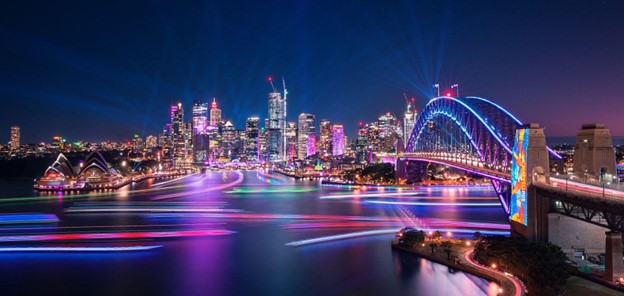
Festivals and events have the power to bring people together and create lasting change. Based on your experience with Sydney’s waterfront, where events like Vivid Sydney have played a major role, how can similar events help unlock the full potential of Toronto’s waterfront?
GP: "Events are incredibly powerful. They bring people together in a way that few other things can. A well-chosen event can do multiple things at once. It creates economic activity, sure, but it also makes a statement about your city—about what you value and how you see yourselves. Take Vivid Sydney as an example; it's become Australia's largest festival, attracting millions of visitors each year. But it’s not just for tourists—it’s something locals have come to love and look forward to as well. That’s the balance you want to strike.
But it’s not just about the big headline-grabbing events. Smaller regular events can be just as important in activating a space. Think weekly markets, outdoor cinema nights, or community sports events. These create a rhythm to the waterfront—giving people reasons to visit throughout the year.
The key is diversity—in both the types of events and the audiences they attract. You want a mix that reflects the city’s cultural tapestry. This approach not only makes the waterfront more vibrant but also more inclusive—it becomes a space where different communities can come together, share experiences, and feel a sense of ownership over the waterfront."
Let’s dive into large-scale projects, which can often stir controversy, especially when balancing the need for retail, entertainment and industrial space. In your experience, what does it take for a project to become a unifying force? And how can a city ensure it strikes the right balance between industry, public use, and other interests?
GP: "Big projects are critical; they’re often the catalyst that gets people moving. In Sydney, the redevelopment of Barangaroo—once an industrial dock—was a game-changer. But you don’t get there without a grand vision. What I’ve seen is that these projects can become a focal point—something big enough to push collaboration forward, even when interests are divided.
Take the Sydney Opera House. If you’d gone around with some storyboards and a budget, nobody would have said yes—it was controversial, over budget, and took years to complete. But today, it’s one of the world’s most iconic landmarks. Sometimes, you have to push through that initial resistance to achieve something that has lasting value.
For Toronto, the challenge isn’t just about building something monumental—it’s about doing it in a way that brings real, long-term benefits. Your Ripple Effect report really highlights this. The key is ensuring these projects set new standards in sustainability, deliver genuine public benefits, and enhance the overall waterfront experience. When done right, they don’t just unify interests—they become symbols of a city’s ambition and its values."
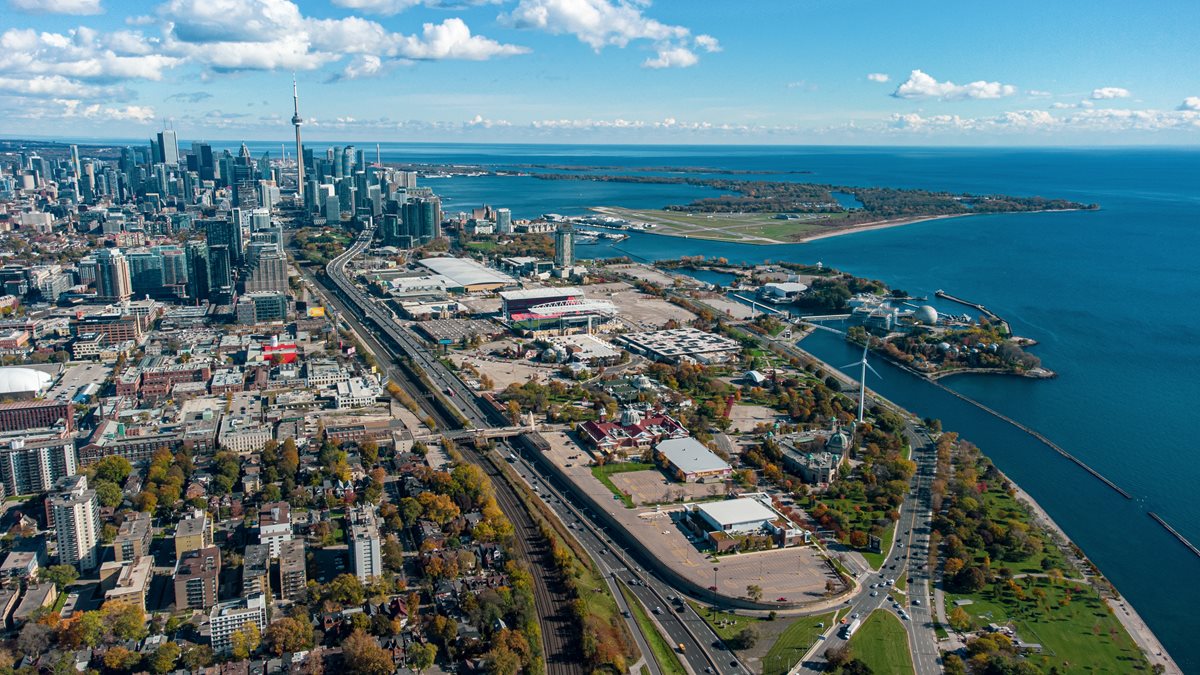
As we approach The 10 KM Conversation, it’s clear Toronto’s waterfront holds immense potential. Geoff’s insights underscore the importance of these conversations in shaping the future of our city’s waterfront—highlighting collaboration's need for vision and deep understanding of what makes a waterfront truly vibrant. Join Jeff and the rest of our speakers by booking your tickets now:
